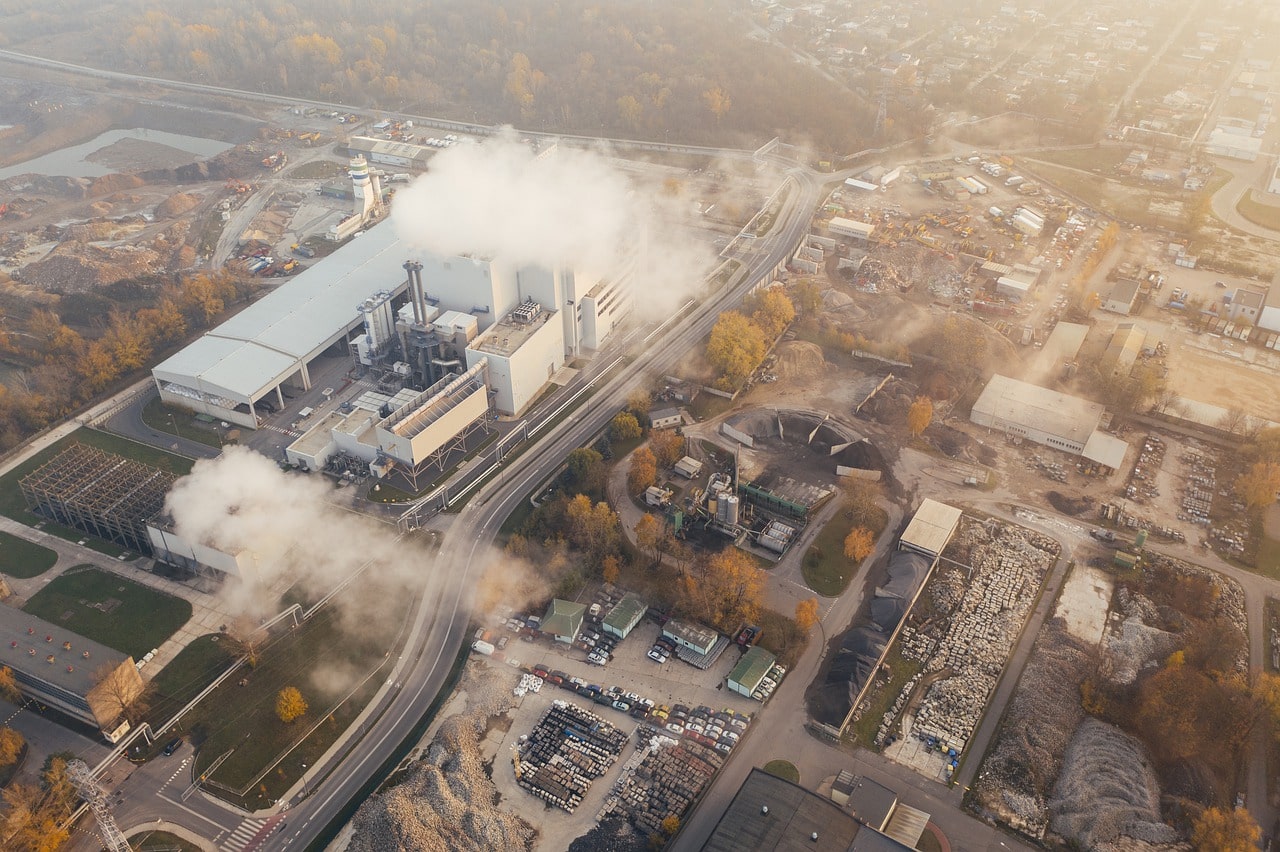New Brunswick’s Climate Change Plan is 76% Complete With Transitioning To a Low-Carbon Economy
- Maryam Ahmed
- Eastern Canada
- Climate Change
- D.O.C Supplements - Trending News
- July 5, 2022

76 percent of the 118 actions required for this initiative have been implemented
In 2016, New Brunswick (N.B.) released a comprehensive Climate Change Action Plan Transitioning to a Low-Carbon Economy: New Brunswick’s Climate Change Action Plan. The Action Plan included 118 actions to reduce greenhouse gas (GHG) emissions while promoting economic growth and increasing the province’s resilience to climate change through adaptation. It called for greater emphasis on renewable energy, a coordinated approach to energy efficiency, and a phase-out of coal-fired electricity generation. The actions focused on education, awareness, collaboration, capacity-building, and adaptation planning.
“This progress report demonstrates our commitment to addressing climate change is real, and the actions we have undertaken have produced results,” said Environment and Climate Change Minister Gary Crossman. “We know our climate is changing, and all of us need to reduce, prepare and be champions by taking action on climate change.”
Some of the actions implemented towards this initiative include the investment of $36M from the Climate Change fund 2021-22; meeting and exceeding requirements to serve 40% of in-province electricity sales from renewable sources (51% in 2020-2021); registering 225 industrial projects in 12 energy efficiency programs; release of updated and expanded N.B. flood hazard mapping; and implementing an electric vehicle incentive program.
The final report shows progress in several areas, including energy efficiency and renewable energy; transportation; waste management; industrial sources; government practices; development policies; managing natural resources; risks and damages; community partnerships and public education; and outreach. This initiative has led to:
. New Brunswick is leading the country in reducing greenhouse gas emissions and is well on its way to meeting the national target of 40-45 percent below 2005 levels.
· Fifty-six municipalities, three Regional Service Commissions, and three First Nation communities have completed their climate change vulnerability assessment and adaptation plans.
· Fifty-one communities have developed greenhouse gas reduction plans.
· Investments from the provincial government’s energy efficiency programs and other funds have contributed to a greenhouse gas reduction of more than 43,000 tonnes from government-owned buildings and 28 sites have converted to lower emission fuels, such as natural gas, propane, or biomass.
· More than 800 government-owned buildings including schools, health-care facilities, garages and offices have been entered and maintained in ENERGY STAR Portfolio Manager.
New Brunswick is setting an example for the other provinces; we can only hope that the rest of Canada will follow suit.








